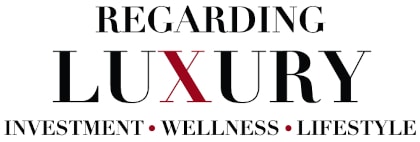It goes without saying that you will try to enjoy life-higher restaurants, more designer clothes, or that dream car-even with the smallest rise in income. But every time you earn a raise, are you spending more and saving less? That, dear reader, when talking wealth management, is a classic case of lifestyle creep.
In this article, we delve into lifestyle creep, its causes, and, most importantly, how to enjoy your successes while protecting and creating long-term wealth.
Definition of Lifestyle Creep
Uncontrolled lifestyle inflation leads to increasing expenses with an increase in income at times not planned upon. Some of the lifestyle upgrades might be justified, but unwarranted spending-interesting how restrained this word can be-can easily offset your financial progress and render you a constant paycheck-to-paycheck individual, regardless of how much you earn.
Wealth Management: Common Signs
- A raise leads to higher spending in the same month.
- The wrong associating: the luxury becoming a necessity.
- No increase in savings or Investments despite greater income.
- Increased monthly obligations: subscription costs, leases, and memberships.
Why Lifestyle Creep?
- The social effect: Trying to keep pace with peers, co-workers, or influencers.
- Self-rewarding: “I worked hard; I deserve this.”
- A luxury ceases to be a luxury: What feels extravagant used to be ordinary.
- Absence of a well-defined financial plan: No structure to direct how additional income should be utilized.
“Having a big income is not wealth; what you conserve and invest is wealth.” – a financial proverb about lifestyle creep.
Greatest Dangers of Lifestyle Creep
- Little to no emergency savings.
- Incur debts due to lifestyle-related purchases.
- Slower pace of wealth accumulation.
- Post-retirement financial anxiety.
A case in point: According to a 2024 NerdWallet survey, 39% of Americans who received a raise during the last year reported having less than $1,000 in savings.
The Stops to Lifestyle Creep
Organize An “Income Increase Allocation Plan”
- Before your next raise hits your account, allocate it based on this formula:
- 50% towards investment or debt repayment
- 30% towards savings goals (emergency fund, travel, house)
- 20% towards lifestyle upgrade.
This planned method is a key component of sound debt management strategies, ensuring that increased income leads to financial stability rather than rising expenses.
Go for Financial Goal Automation
Set up automatic transfers to direct funds into your savings and investment accounts as soon as your paycheck goes in:
- A predetermined transfer to a high-yield savings account,
- A retirement account (401k, IRA, brokerage), automatic contribution,
- Employer direct deposit split (80% to checking, 20% to savings).
Automating your financial goals removes the temptation to spend what you mean to save. It establishes the habit of saving first and spending what’s left – reversal of the common behavior of spending first and saving whatever remains.
Pro Tip: Name your accounts based on the goal (e.g., “Vacation Fund,” “Emergency Buffer”) for extra motivation. Learn more about smart spending habits to protect credit scores and your financial life.








